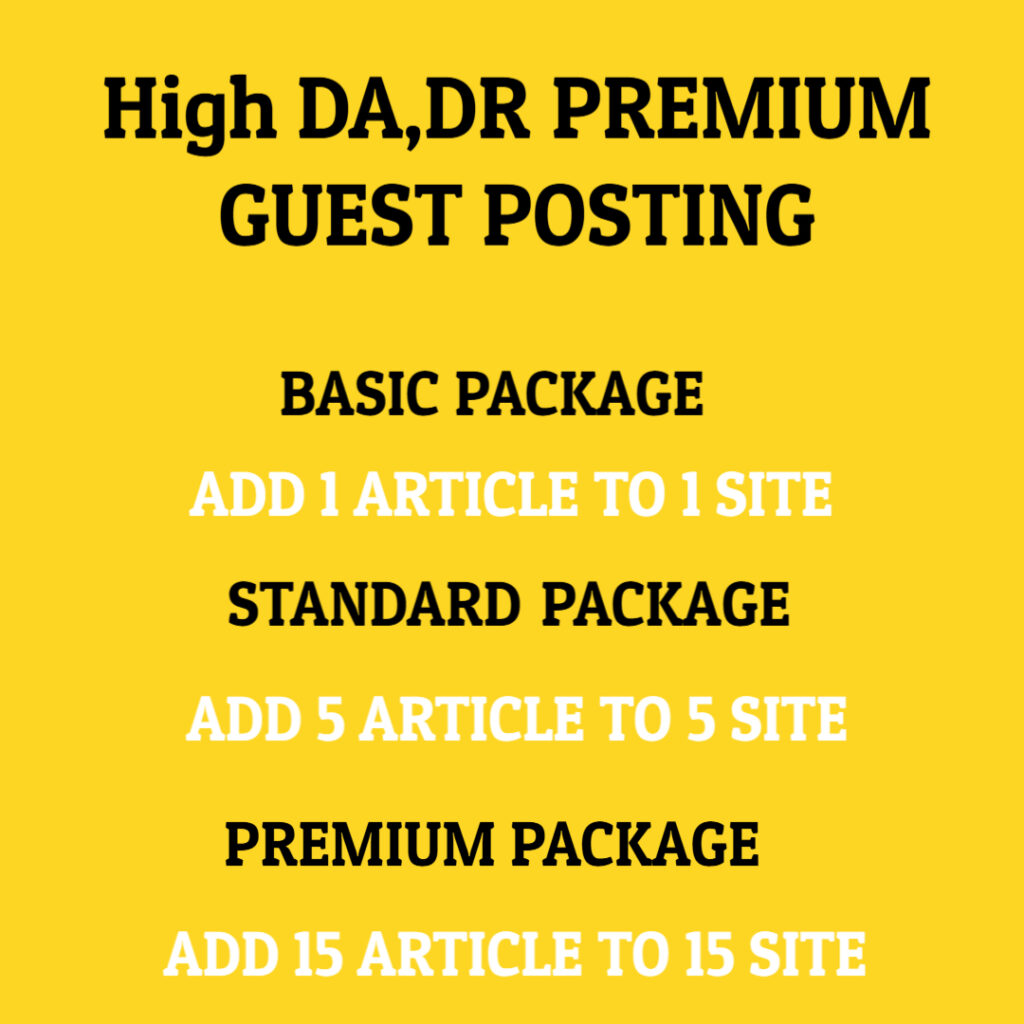In the fast-paced world of commercial construction and facility management, timing is everything. Whether it’s coordinating contractors, passing regulatory milestones, or minimizing tenant disruptions, the success of a project often hinges on seamless scheduling. And when it comes to inspections, delays can quickly turn into costly setbacks. This is why companies across the industry are rethinking how they handle inspection logistics—and increasingly turning to intelligent software solutions to take control.
Inspection tasks in large-scale projects are far more complex than a simple calendar entry. They involve multiple stakeholders, tight compliance deadlines, equipment availability, access permissions, and often—geographic constraints. Managing all of these variables manually or through disconnected systems leads to inefficiencies, miscommunication, and increased project risk.
One of the most critical pain points in these environments is inspection coordination. A single delay in scheduling can trigger a domino effect—halting construction, delaying occupancy certifications, or stalling maintenance tasks. This is especially true in highly regulated sectors such as healthcare, manufacturing, and multi-use developments, where inspections are not just a formality but a legally binding part of project progression.
To eliminate these bottlenecks, many firms are implementing integrated digital tools designed specifically to manage the complexity of modern inspection processes. These tools go far beyond simple booking functions. They provide real-time coordination between field teams, project managers, compliance officers, and external inspectors. The result is a streamlined system where everyone involved is aligned on timing, requirements, and next steps.
One of the most significant advantages of adopting dedicated inspection scheduling software is automation. Instead of spending hours on the phone or bouncing between email threads, project managers can set inspection criteria, block out time slots, and assign tasks with just a few clicks. Field personnel receive automatic updates, inspectors get reminders, and clients are notified of outcomes—all without manual intervention.
This software also plays a crucial role in risk mitigation. When inspections are missed, improperly sequenced, or lack required documentation, the fallout can be serious—from regulatory penalties to reputational damage. By leveraging intelligent scheduling tools, organizations reduce human error, track completion statuses in real time, and maintain an auditable trail of all inspection-related communications and actions.
For facilities managers overseeing ongoing operations, this level of control is especially important. Preventative maintenance inspections, safety audits, environmental checks, and equipment certifications all need to occur on fixed timelines. When schedules are misaligned, it can lead to missed inspections, noncompliance, or safety hazards. A digital scheduling platform provides centralized visibility over all upcoming and completed inspections, making it easier to plan proactively rather than reactively.
Another key feature is adaptability. Inspection schedules are often dynamic—dependent on weather, contractor availability, shipment delays, or regulatory changes. Modern platforms allow for real-time rescheduling, dynamic resource allocation, and priority tagging. This flexibility ensures that critical inspections are never delayed due to rigid systems or poor communication.
Furthermore, the best solutions include integrations with project management tools, asset management systems, and compliance platforms. This ensures that data flows freely between systems, eliminating redundancies and improving decision-making. When scheduling is tied to other project functions—such as progress tracking, budget forecasting, or incident reporting—it becomes a powerful operational asset rather than just an administrative necessity.
The user interface of modern tools also contributes to their effectiveness. Color-coded calendars, drag-and-drop functionality, mobile access, and role-based views help teams interact with the schedule in intuitive ways. Field staff can update statuses from job sites, while managers can view inspection readiness from their dashboards. Everyone stays in the loop, reducing time spent chasing updates.
For contractors and inspection firms themselves, offering clients access to digital scheduling portals adds an additional layer of professionalism. Clients can view availability, request specific time slots, and receive updates automatically. This not only improves satisfaction but also reduces the administrative workload on internal teams.
Another significant benefit of inspection scheduling software is its ability to track performance over time. Managers can analyze metrics such as average time-to-completion, inspector utilization rates, recurring inspection failures, and peak scheduling times. This data enables teams to optimize workforce deployment, predict future inspection demand, and allocate resources more efficiently.
In an era where construction timelines are tighter, regulatory scrutiny is higher, and client expectations continue to rise, efficient scheduling is no longer optional—it’s a critical pillar of operational success. By replacing outdated manual methods with purpose-built digital systems, organizations are not just saving time—they’re gaining a strategic advantage in delivering projects on time, on budget, and with greater quality assurance.


